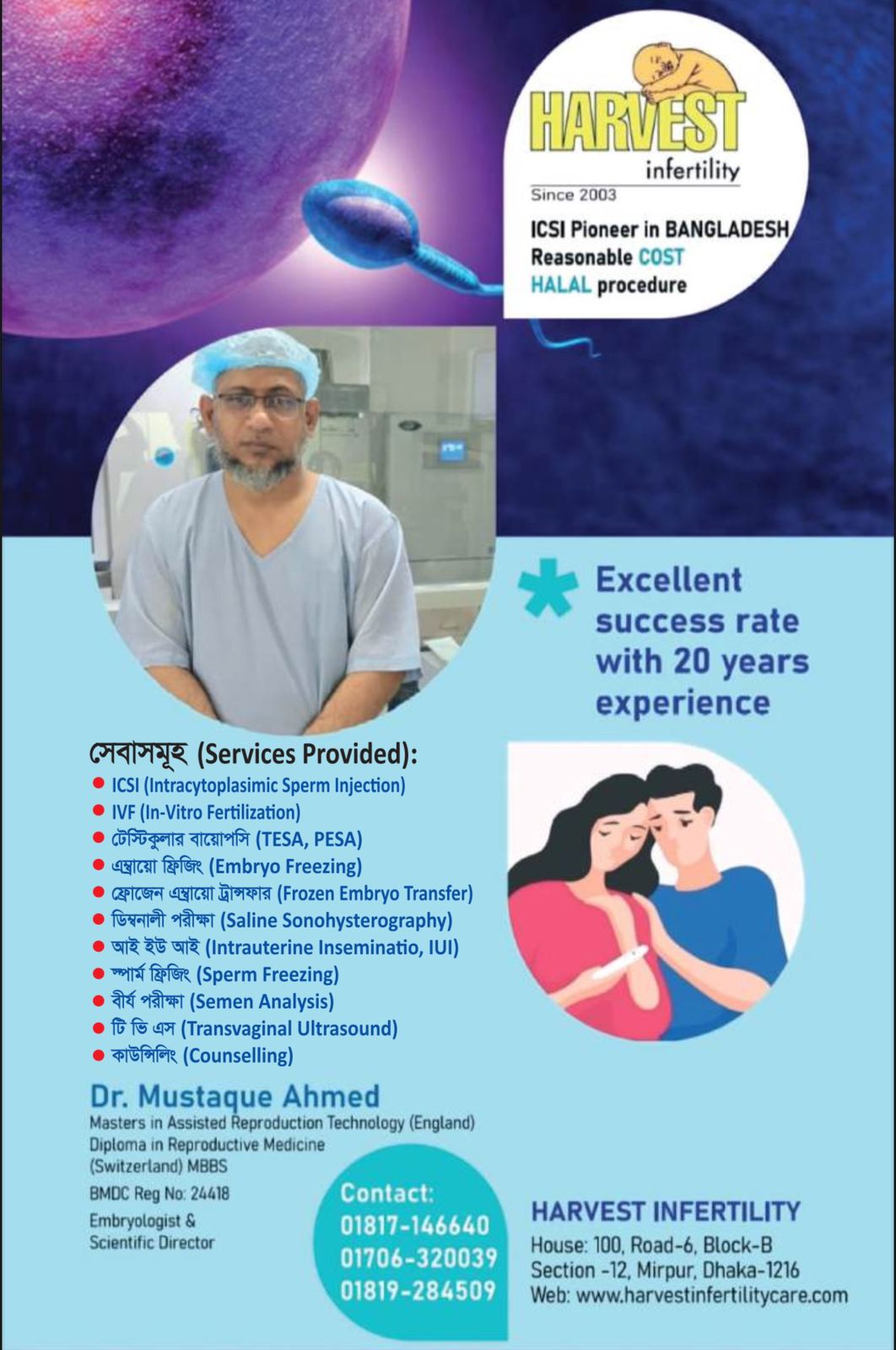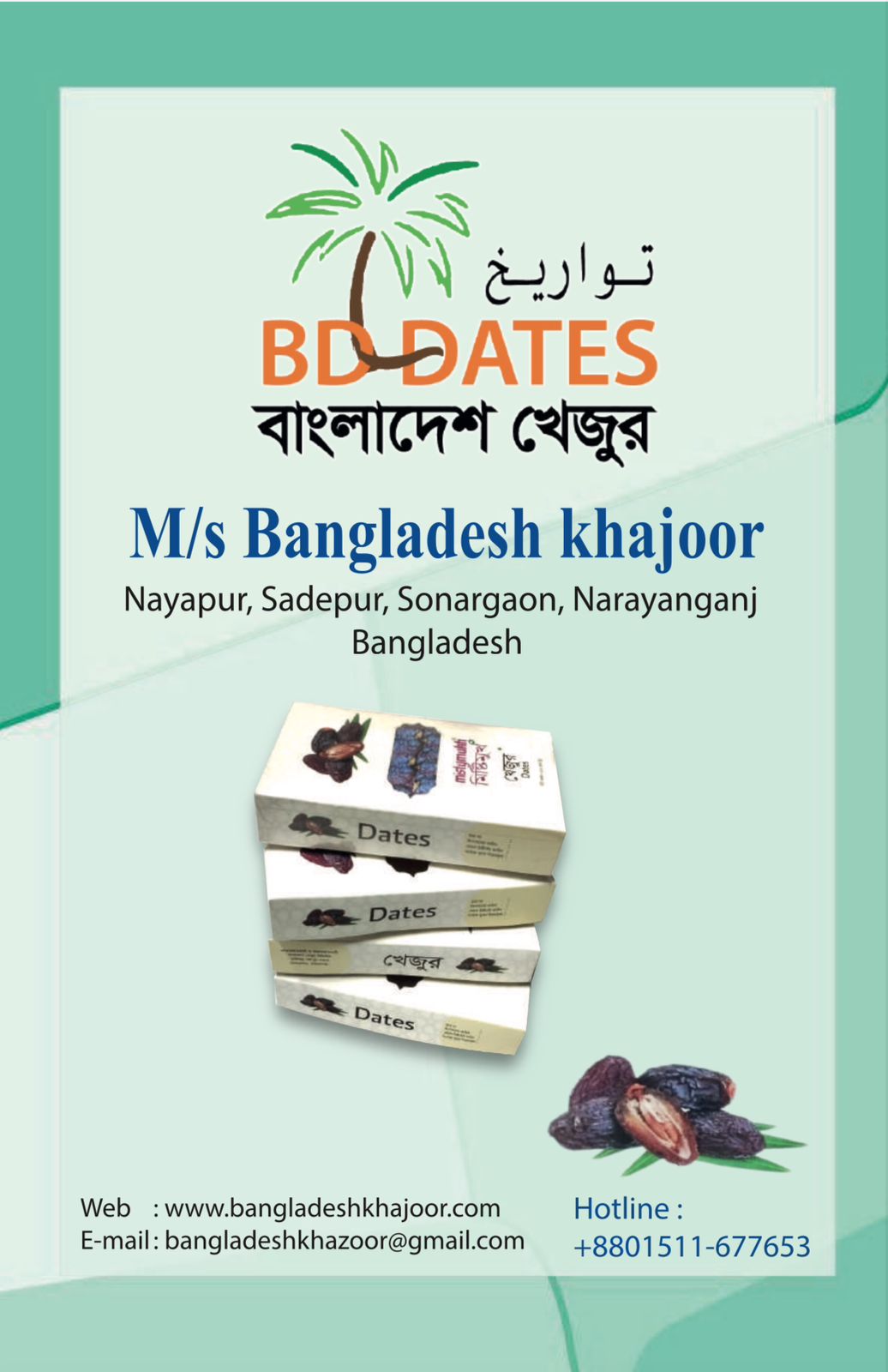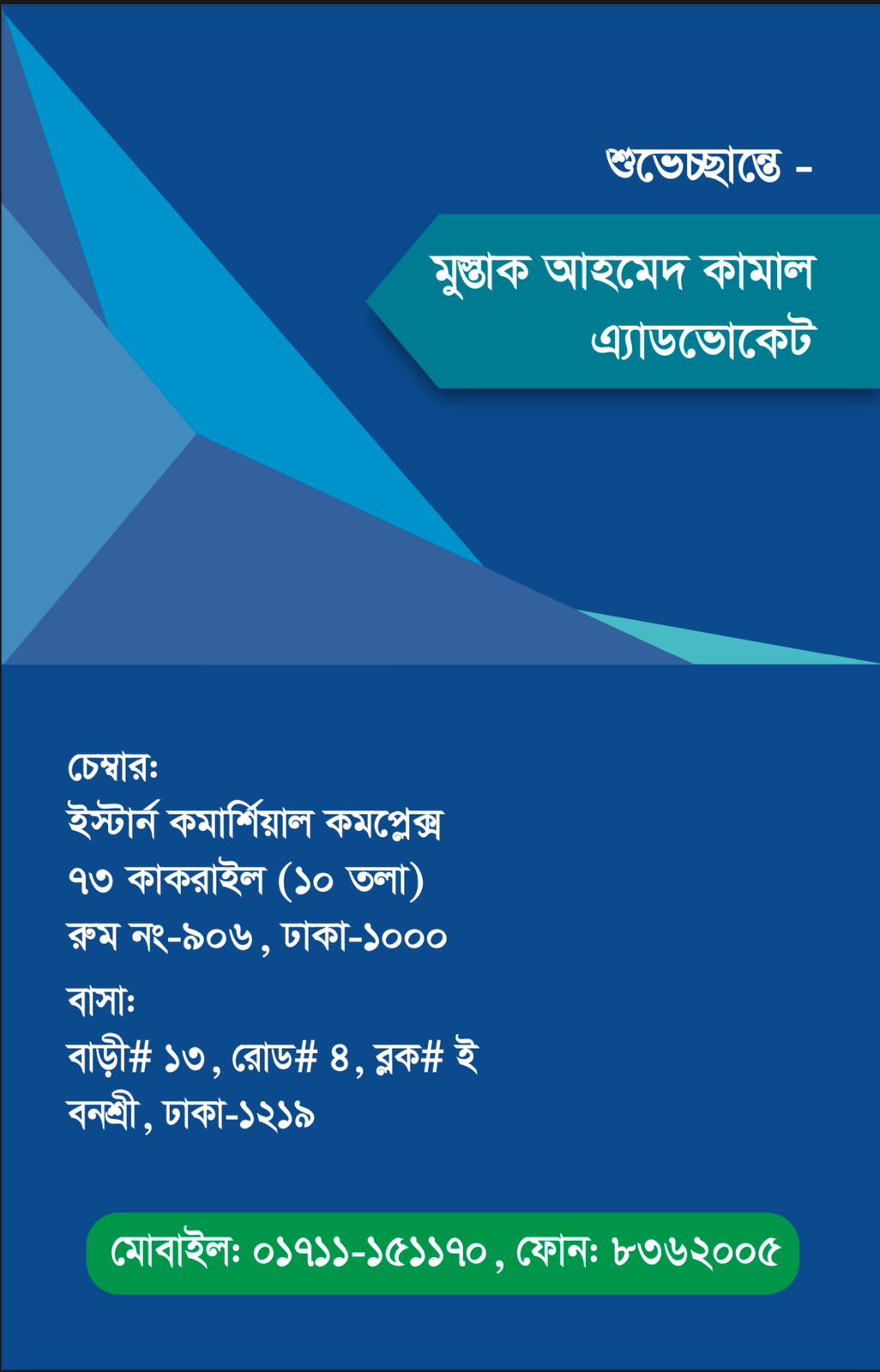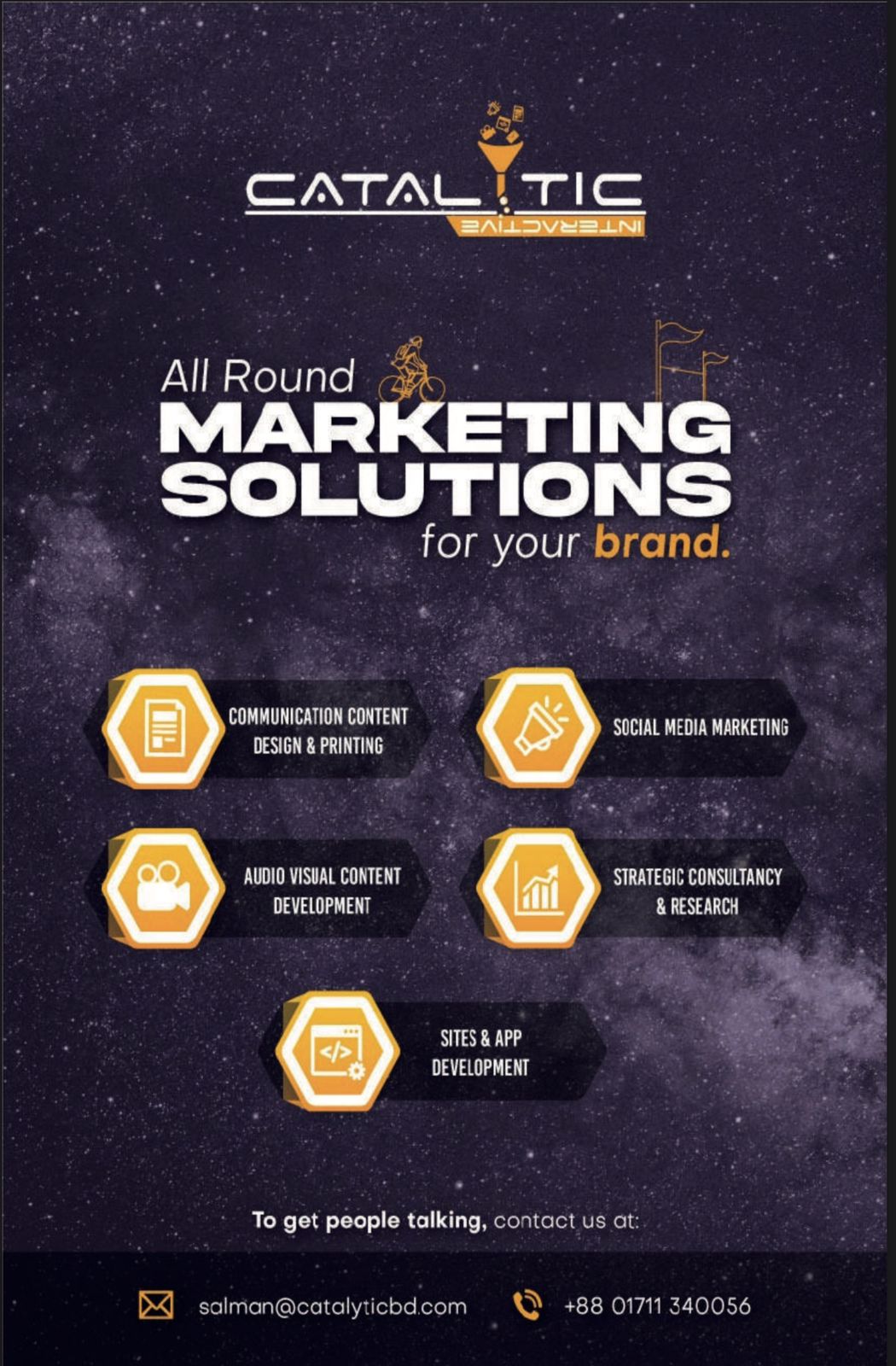Covid-19 Pandemic: What we know till now?
Covid-19 Pandemic: What we know till now?
Md. Asaduzzaman Khan, PhD
Investigator / Scientific Professor,
Key Laboratory of Epigenetics and Oncology,
The Research Center for Preclinical Medicine,
Southwest Medical University, Luzhou, Sichuan, China.
E-mail: asadkhan@swmu.edu.cn / asadkhanbmj@yahoo.com,
Phone: +8619111859312 (CN), +8801984199420 (BD)
The novel corona virus outbreak from Wuhan city (in December 2019) has become pandemic, and till 4th April, the official death toll reached nearly 60000 worldwide, while the total number of cases crossed one million [1]. The number of cases and death might be much higher, as most of the developing and underdeveloped countries are unable to test this virus and the related deaths are not counted.
Officially this virus has been named as ‘SARS-CoV-2’or ‘Covid-19’. In recent history, this Covid-19 pandemic has become the most deadly disaster, and in fact the world has never experienced such pandemic, where most of the countries have sealed their borders and all the global programs have been postponed, which affected business, economy, academia, sports, entertainment etc. worldwide.
The first Covid-19 case been reported in Wuhan city of China, which was found to be linked with a sea food market and wild animal food market. Initially it was thought that the virus had been transmitted to human from snake, but later scientists indicated that pangolin might be the carrier to transfer to human. The world health organization (WHO) indicates Covid-19 as of unknown etiology.
As usual, the politicians throughout the world started playing the blame game. USA blamed China (that they were making Biological weapon, and Covid-19 was a leakage), and China blamed USA-Israel (that they sent biological weapons to China through military). But what science says, is, “No, the coronavirus wasn’t made in a lab; genetic analysis shows it’s from nature” [2,3]. Actually the more we know, we get into more mystery. Genome analysis suggests that two coronaviruses (one from bat, another from pangolin) mighthave combined to form Covid-19, and thus, this might be a chimeric virus [4]. Whatever the etiology is, the fact is, covid-19 has become pandemic and deadly. We need to stop it through prevention and treatment.
How to prevent or stop transmission?
I was reading a paper last month “The Lessons of the pandemic”, which was published more than hundred years ago in 1919, in Science magazine [5]. That paper suggested “avoid needless crowding, smother your coughs and sneezes, wash your hands before eating”. Unfortunately after one hundred years, still we have to be taught and forced to do the same things. Did we learn anything from history? May be not, unfortunately. We must have to learn and practice these hygiene to avoid Covid-19 spread. Also as this virus can be transmitted through air droplets, a protective mask is helpful. Also a new term ‘social distancing’ has been suggested to keep a distance of one meter between individuals. However, personally I feel the appropriate word should be ‘physical distancing’, not social distancing. As of today, there is no specific treatment for covid-19, and so testing and identifying virus carriers, isolating them and keeping a safe physical distance between individuals are most appropriate measures to control virus spread till now.
When we are talking about social distancing, we also need to think about social solidarity. Some days ago, I was reading an interesting article “Social distancing prevents infections, but it can have unintended consequences” [6], which I could relate with another article “We Need Social Solidarity, Not Just Social Distancing” [7]. It’s so important to keep a balance between distance and closeness. We need to fight against pandemic conditions with solidarity. Sometimes I am afraid, this distancing will make a severe impact on mental health and adverse effect on human relationships too. People from different professions should work in synchronization, in cooperation, with respecting each others. One important thing is after this pandemic, the world will not remain same, and there is a possibility of mass starvation and famine. People need to help poor and victims and work together to build a new world after this disaster.
Covid-19 pathophysiology
This Covid-19 spread so fast, and these viruses have very special feature on their spike, furin binding site, which can easily bind to host cell furin protein and easily enters into host cells [8]. Another important mechanism is, Human pathogenic coronaviruses (SARS-CoV, & SARS-CoV-2/ COVID-19) bind to their target cells through angiotensin-converting enzyme 2 (ACE2), which is expressed by epithelial cells of the lung, intestine, kidney, and blood vessels. The expression of ACE2 is substantially increased in patients with type 1 or type 2 diabetes, who are treated with ACE inhibitors and angiotensin II type-I receptor blockers (ARBs). Hypertension is also treated with ACE inhibitors and ARBs, which results in an upregulation of ACE2. ACE2 can also be increased by thiazolidinediones and ibuprofen. Experimental evidence suggest that ACE2 expression is increased in diabetes and treatment with ACE inhibitors and ARBs increases ACE2 expression. Consequently, the increased expression of ACE2 would facilitate infection with COVID-19. So, diabetes and hypertension treatment with ACE2-stimulating drugs increases the risk of developing severe and fatal COVID-19 [9].
Current progress in drug and vaccine
People all over the world are asking for drugs or vaccine. But it’s not an overnight process. It needs time. There is an interesting article by professor Shibo Jiang, “Don’t rush to deploy COVID-19 vaccines and drugs without sufficient safety guarantees” [10], which states that we must urgently develop measures to tackle the new coronavirus — but safety always comes first. Vaccine may come after one to two years if the trials are successful. The Japanese antiviral drug Flavirapir has showed success in treating mild cases, and many other antiviral drugs are on pipeline, but their clinical success is not yet confirmed [11]. An anti-malarial drug also showed some success and in some cases, approved under strict management, but misinterpretation about this drug made serious controversy after misuse in Nigeria [12]. An epidemiological study also proposed that BCG vaccination (from past) might have beneficial effect on covid-19 [13], but this is not proved experimentally and clinically. Personally I believe, this has very less chance to be effective. However, blood plasma from coronavirus survivors can be an effective short-term treatment for patients [14]. This old treatment strategy can give a new hope.
What lesson this virus outbreak gives us about nature?
As a nature lover and thinker of environmental biology, I am deeply concerned about the relationship between environmental damage and viral attacks. Bats are primary carrier of viruses, and environmental damages are one of the reasons for this. Read this interesting article “Bats are not to blame for coronavirus. Humans are” [15]. I was reading another interesting but alarming article by environmental editor of The Guradian [16] “Coronavirus: ‘Nature is sending us a message’, says UN environment chief”, where he says that destruction of wildlife and the climate crisis is hurting humanity, and covid-19 is only a sign of beginning of more damage. He also suggested, to prevent further outbreaks, the experts said, both global heating and the destruction of the natural world for farming, mining and housing have to end, as both drive wildlife into contact with people.
Let’s hope for an ending of covid-19 pandemic, let’s work together in solidary to eradicate the damage, let’s love and make our environment better for future.
References:
















